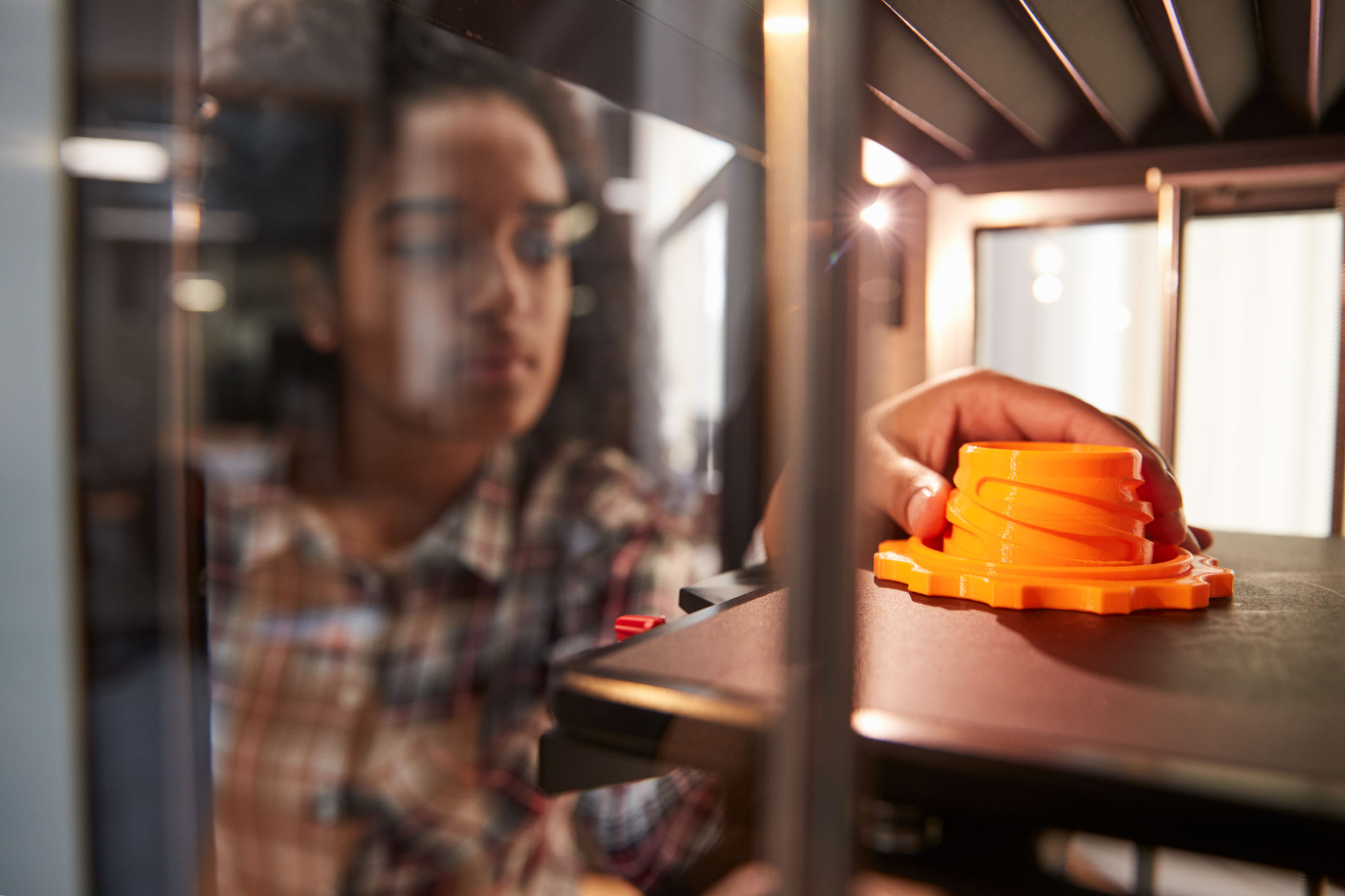How to Incorporate 3D Printing into STEM Curriculum
Introduction to 3D Printing in STEM Education
As technology continues to evolve, the educational landscape is also transforming. One of the most exciting advancements in recent years is the incorporation of 3D printing into STEM (Science, Technology, Engineering, and Mathematics) curricula. This innovative tool offers students a hands-on approach to learning, allowing them to bring theoretical concepts to life through tangible creations.
Integrating 3D printing into the classroom not only enhances engagement but also fosters creativity and critical thinking. It provides a practical way to explore complex scientific and mathematical concepts, bridging the gap between abstract ideas and real-world applications.

Benefits of 3D Printing in STEM
The inclusion of 3D printing in STEM education offers numerous benefits. First and foremost, it promotes active learning. Students engage more deeply with the material as they design, test, and refine their projects. This interactive process encourages problem-solving skills and innovation.
Moreover, 3D printing supports interdisciplinary learning. It allows students to apply knowledge from various STEM fields in a single project, enhancing their understanding and retention. This holistic approach prepares students for future careers by developing a range of skills that are highly valued in the workforce.
Encouraging Creativity and Innovation
One of the most significant advantages of incorporating 3D printing into the curriculum is the stimulation of creativity. Students are given the freedom to experiment with designs, explore new ideas, and learn from their mistakes. This trial-and-error process is crucial for fostering an innovative mindset, encouraging students to think outside the box.

Implementing 3D Printing in the Classroom
To successfully integrate 3D printing into the STEM curriculum, educators should follow a strategic approach. Here are some key steps to consider:
- Select the right equipment: Choose user-friendly 3D printers suitable for educational purposes. Consider factors such as ease of use, safety features, and budget constraints.
- Provide training: Ensure that both teachers and students receive adequate training on how to use 3D printers effectively. This includes understanding software, hardware, and safety protocols.
- Incorporate projects: Design projects that integrate 3D printing with existing STEM concepts. Encourage students to work on collaborative projects that require critical thinking and problem-solving.
By following these steps, educators can create a dynamic learning environment where students are empowered to explore and innovate.
Creating a Supportive Learning Environment
It's essential to create a supportive environment that encourages exploration and experimentation. Provide students with the resources they need to succeed, including access to design software, tutorials, and guidance from instructors.

Challenges and Considerations
While incorporating 3D printing into STEM education offers numerous benefits, it also presents certain challenges. One potential issue is the initial cost of equipment and materials. Schools may need to seek funding or grants to cover these expenses.
Additionally, there's a learning curve associated with mastering 3D printing technology. Educators should be prepared to invest time in training and professional development to effectively guide their students through the process.
Conclusion
Incorporating 3D printing into the STEM curriculum can significantly enhance the educational experience for students. By providing a hands-on, interdisciplinary approach to learning, educators can foster creativity, innovation, and critical thinking skills. With careful planning and implementation, 3D printing can become an invaluable tool in preparing students for future success in STEM fields.
